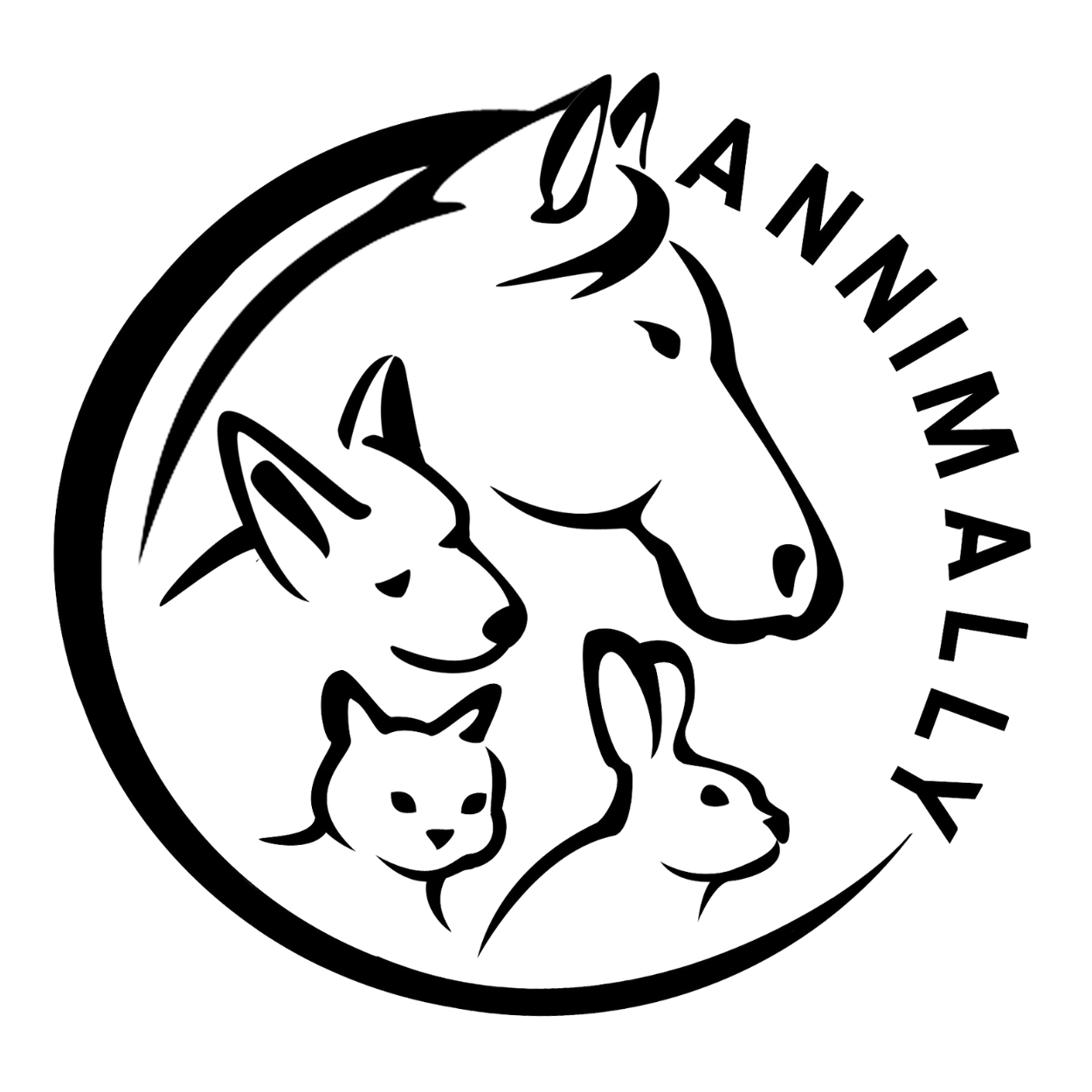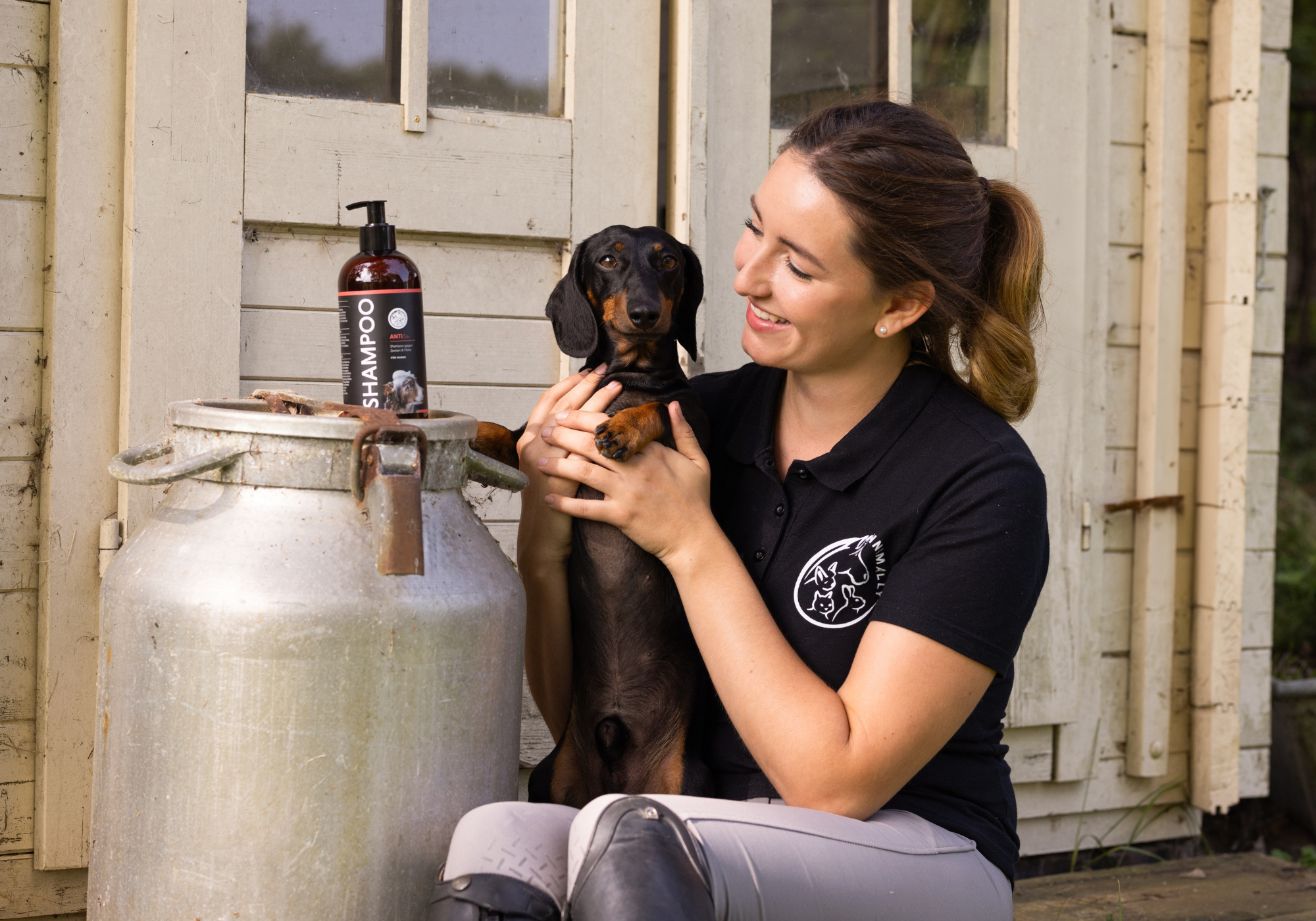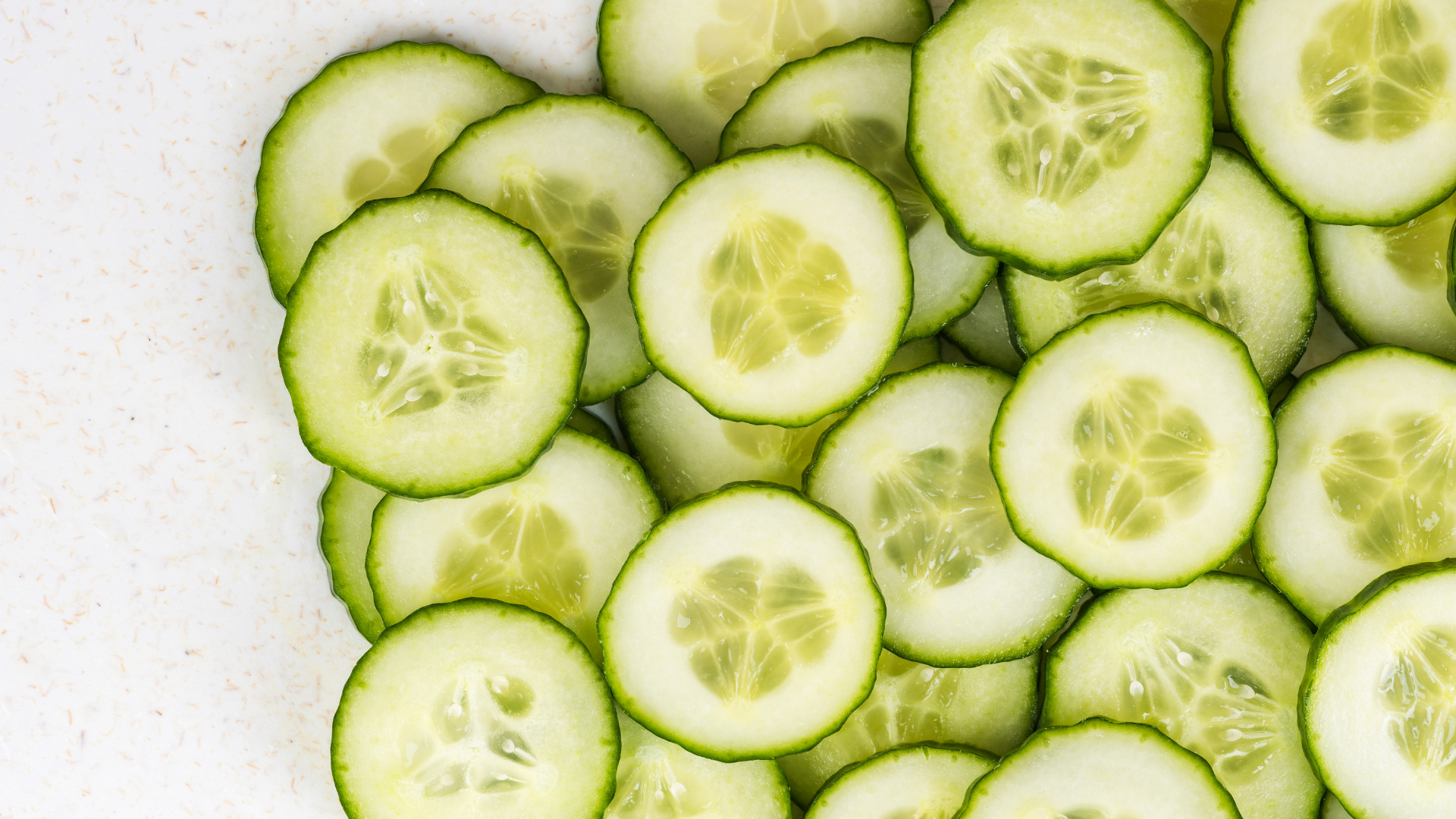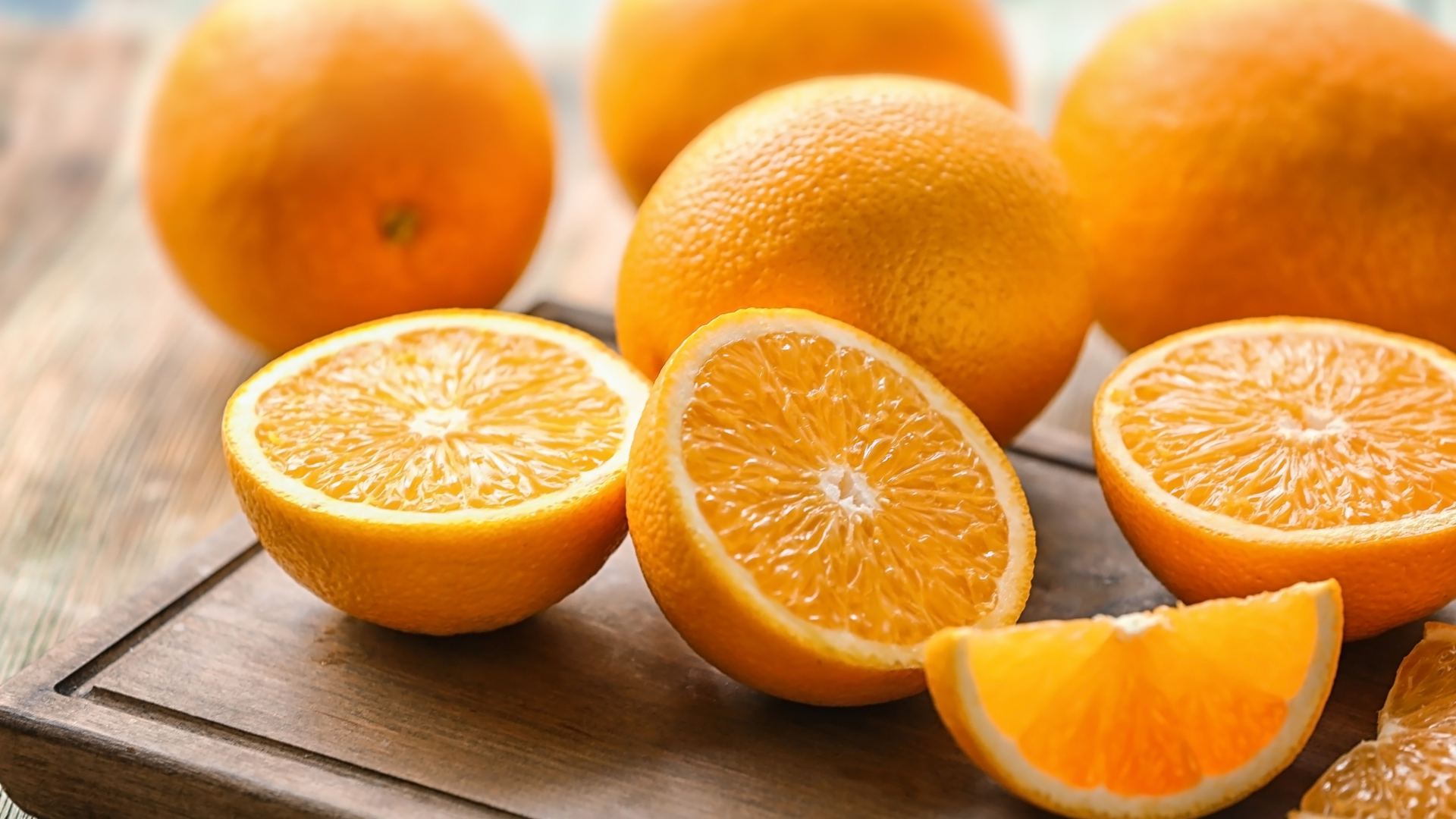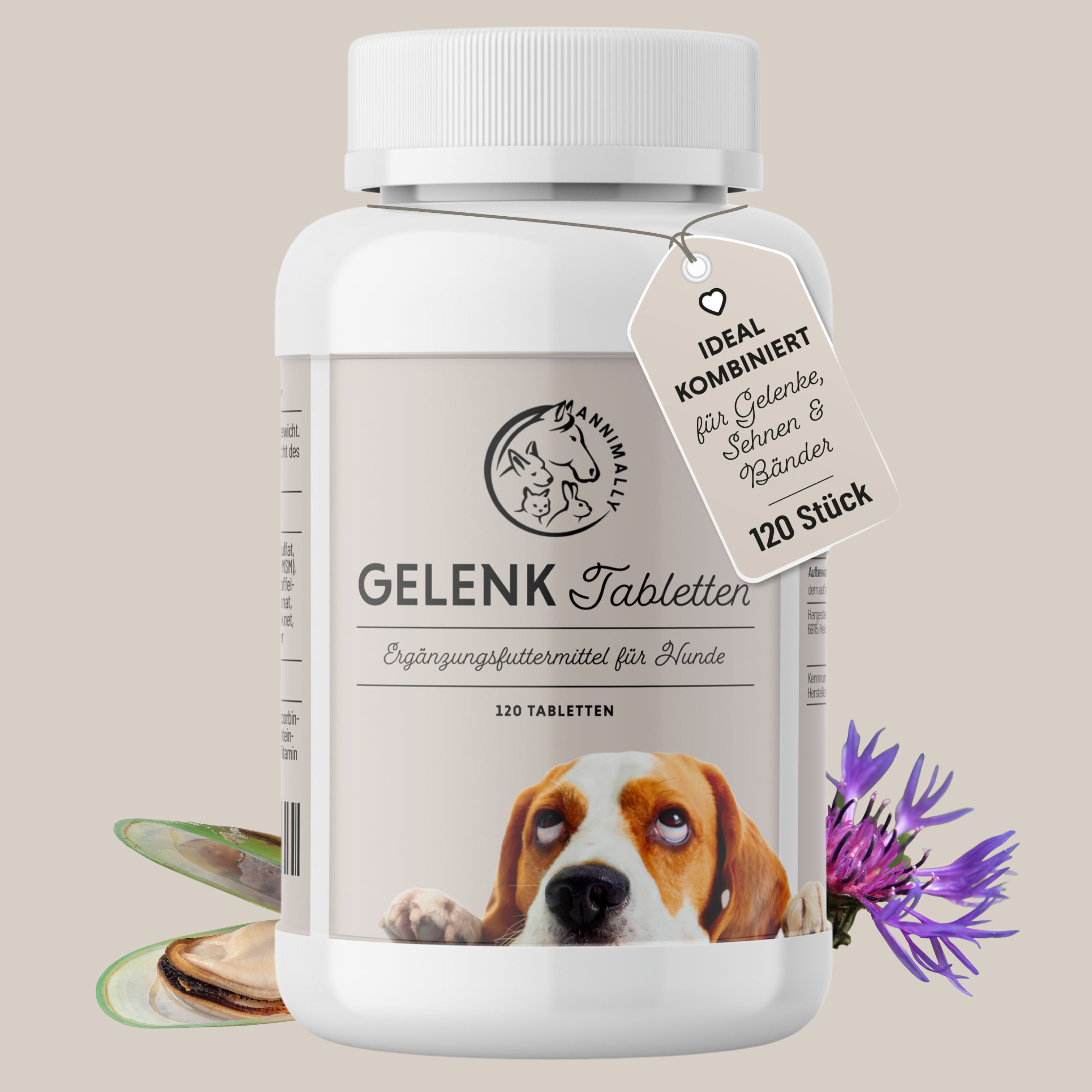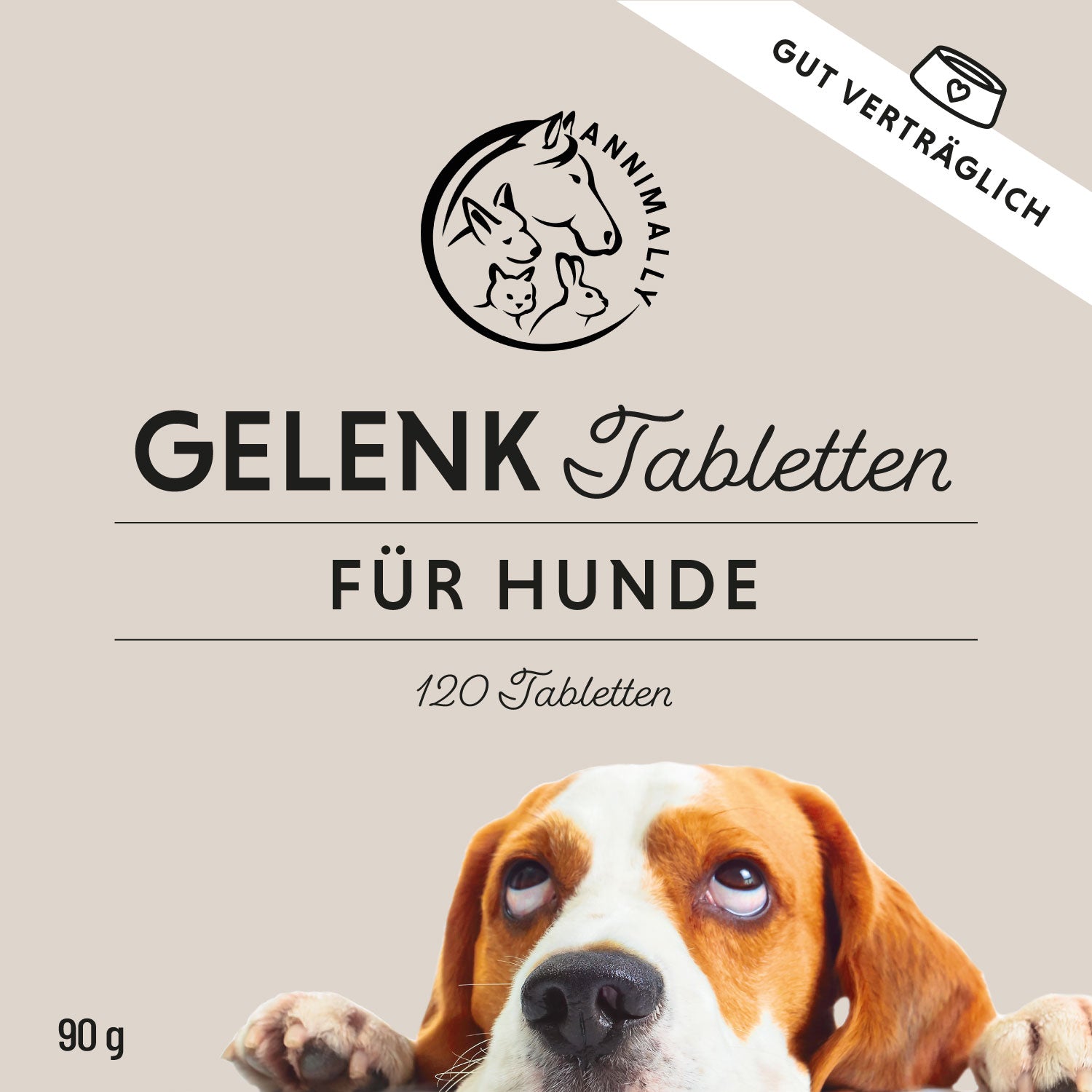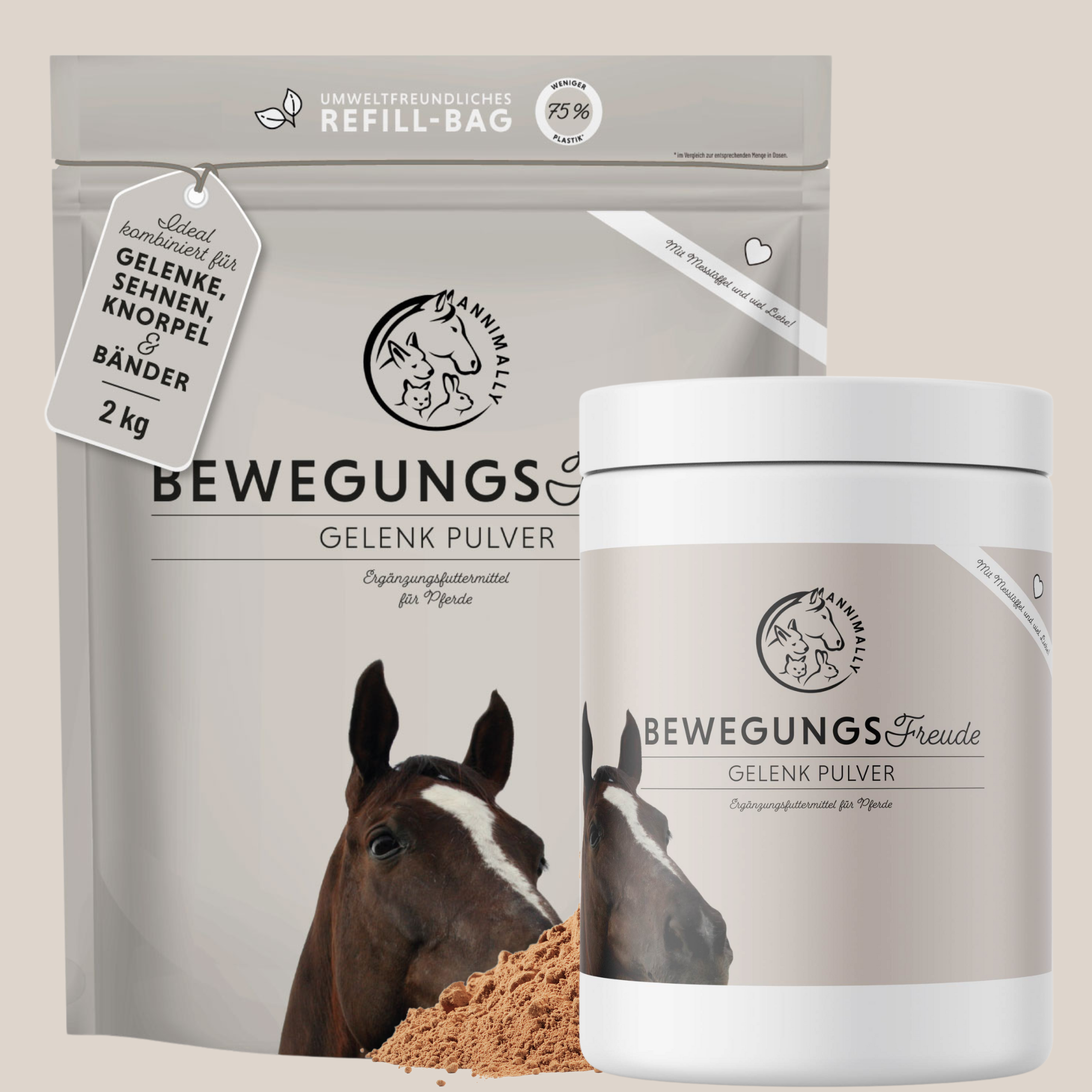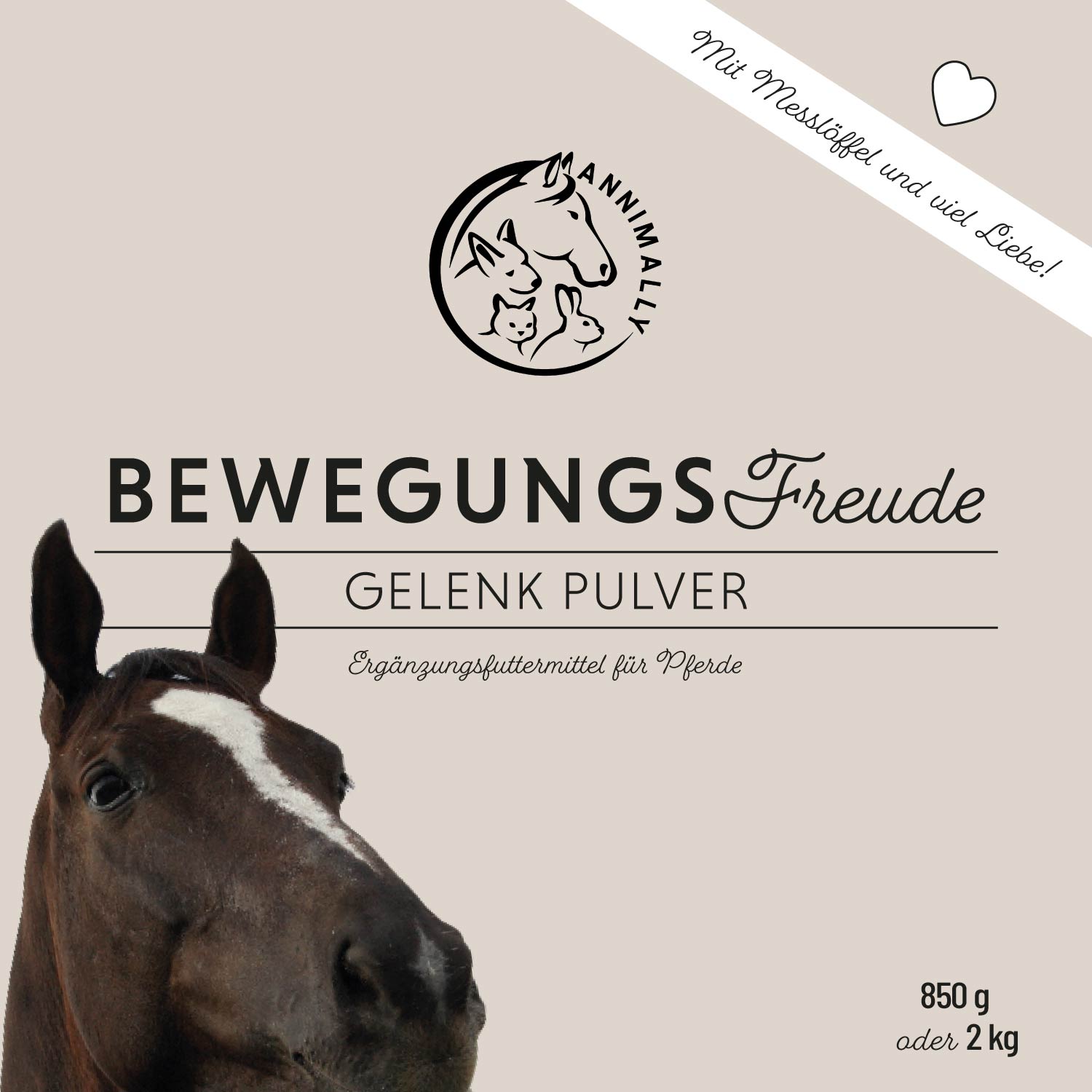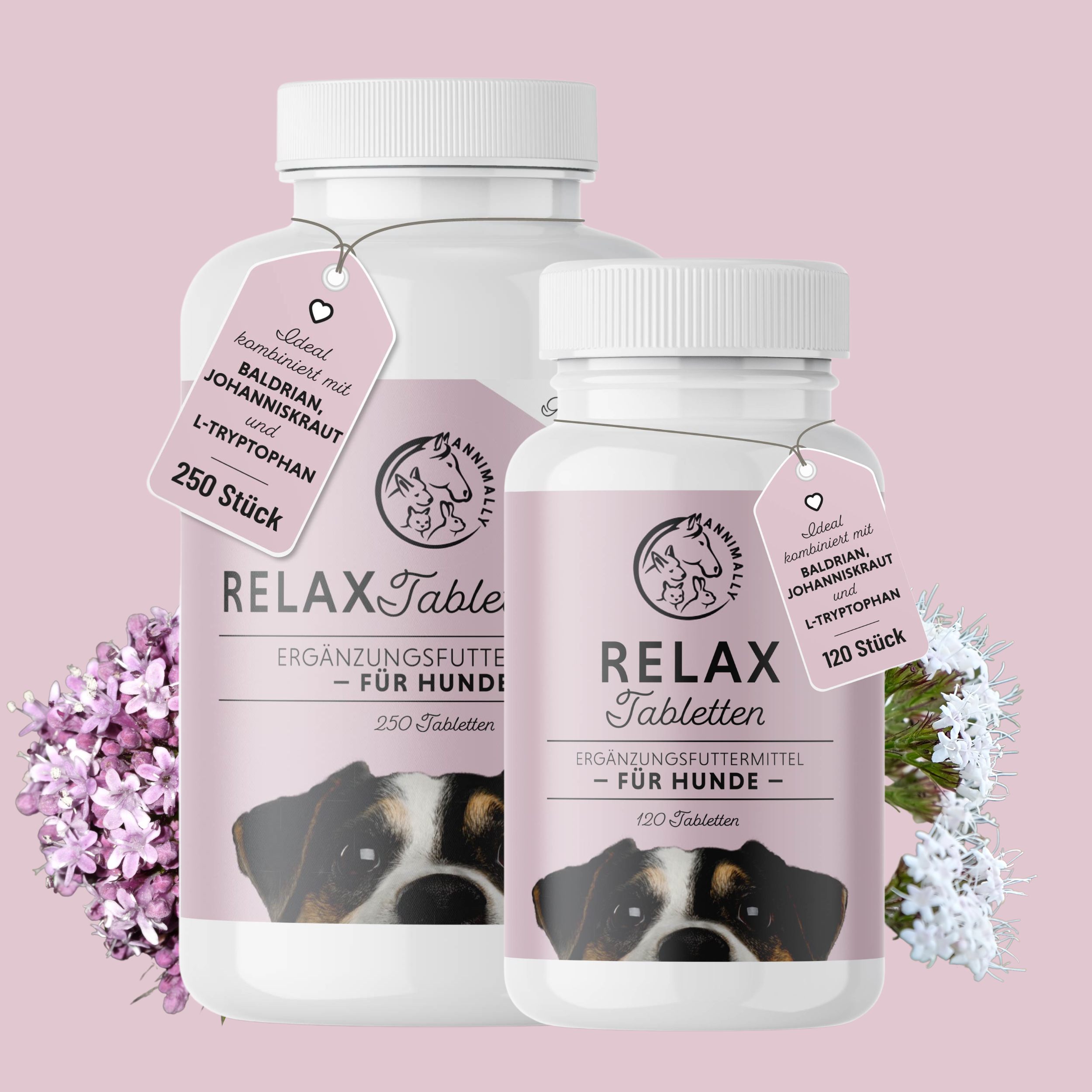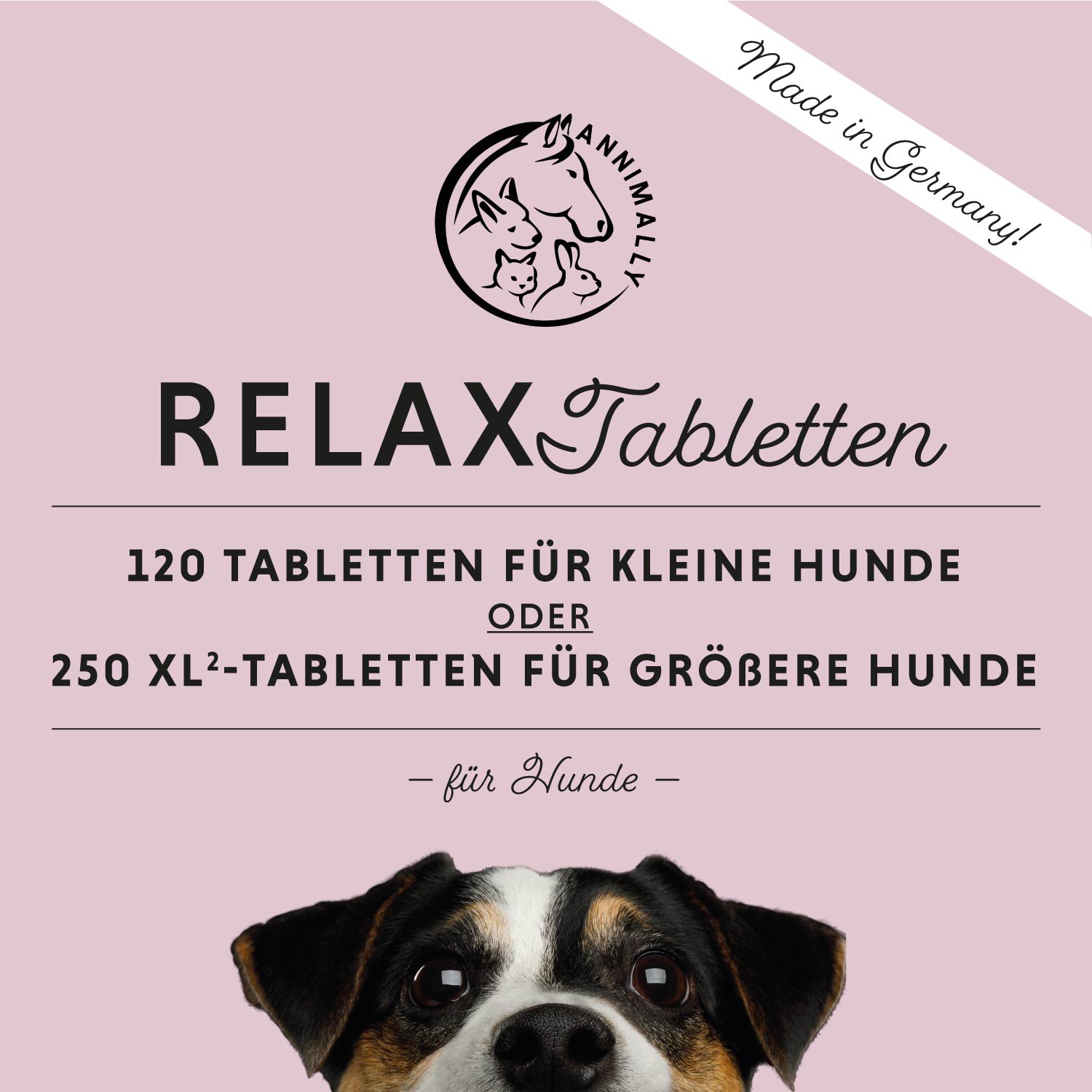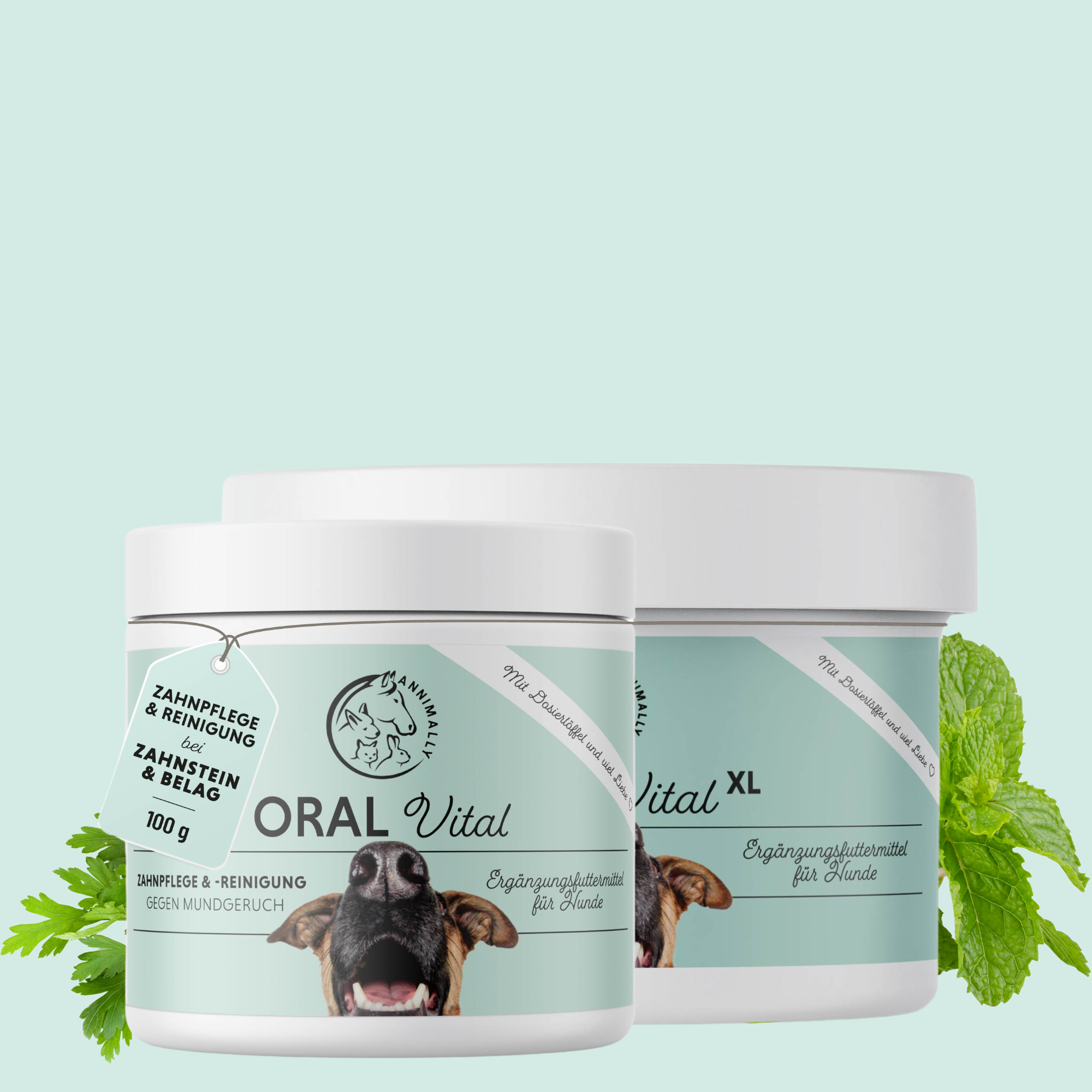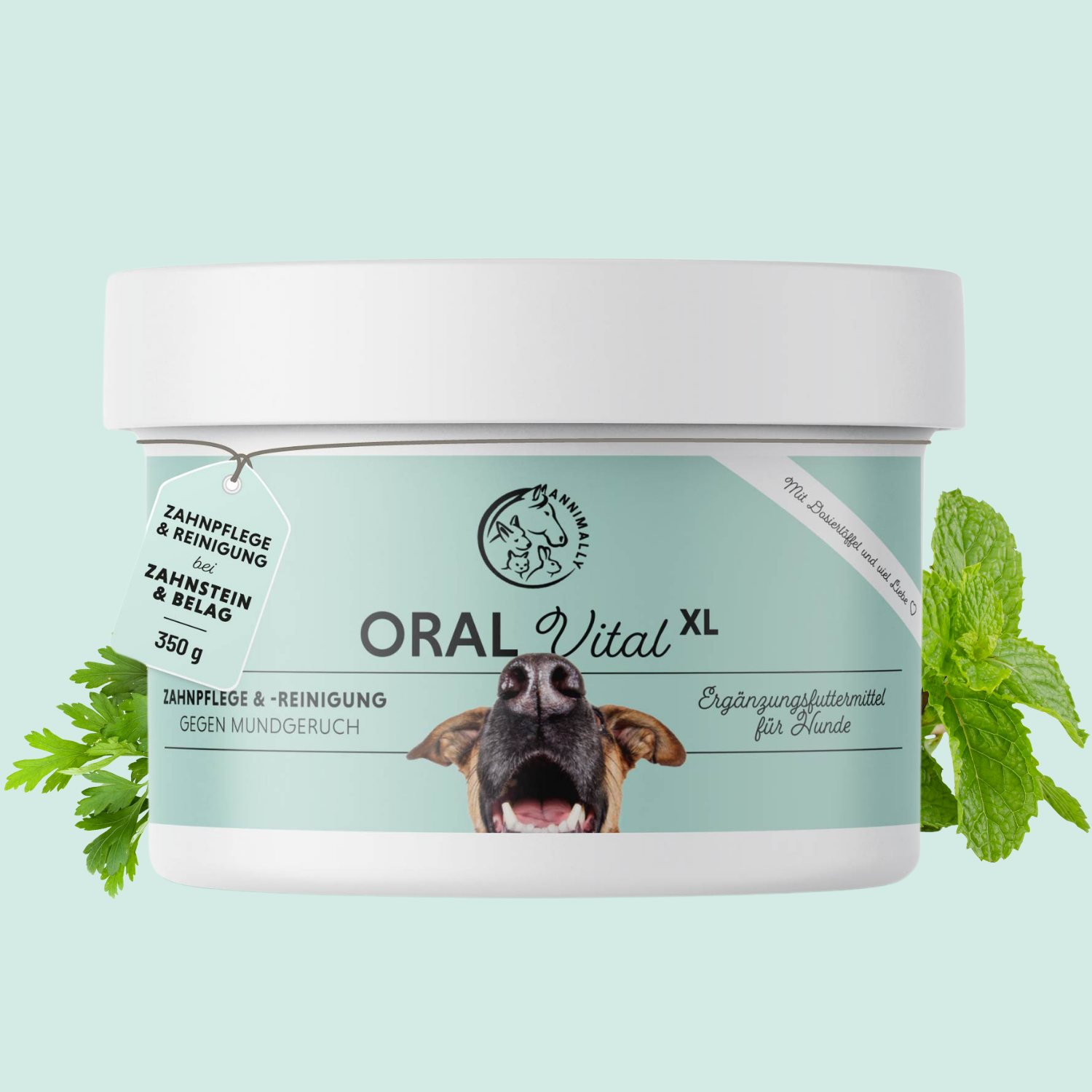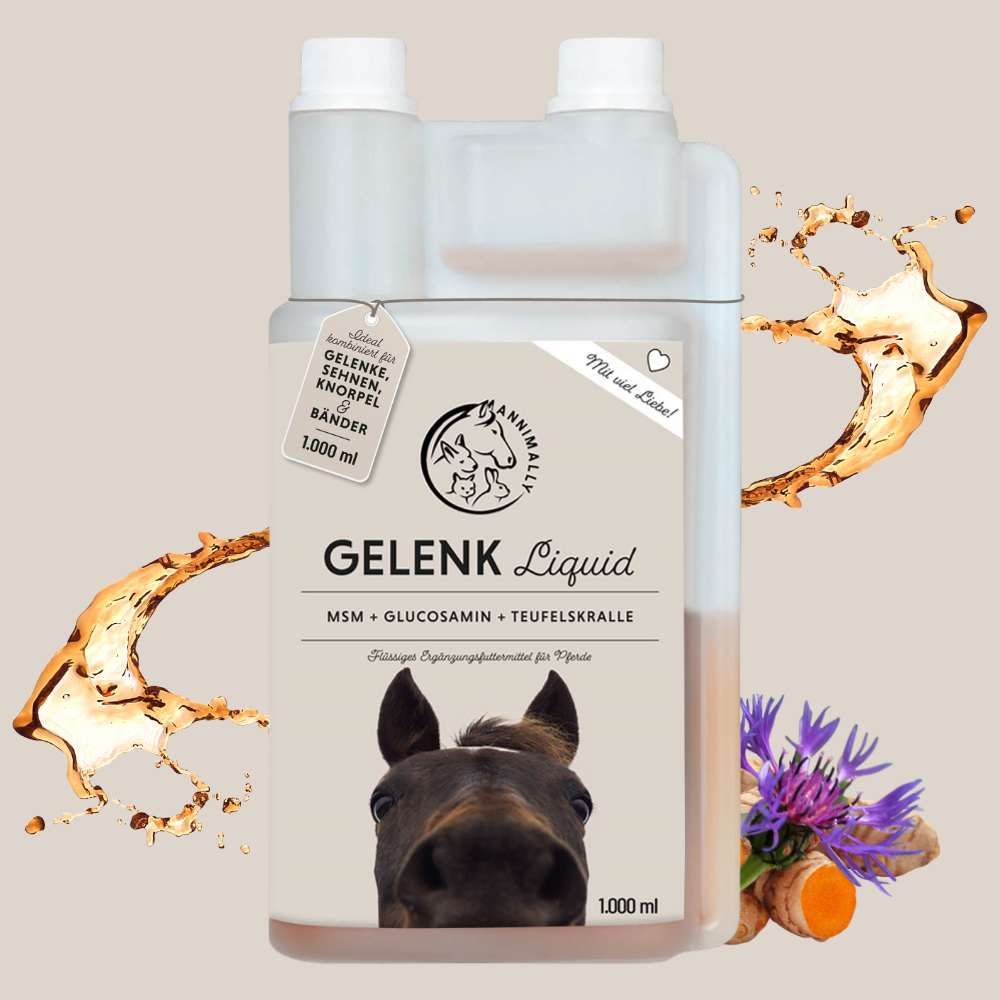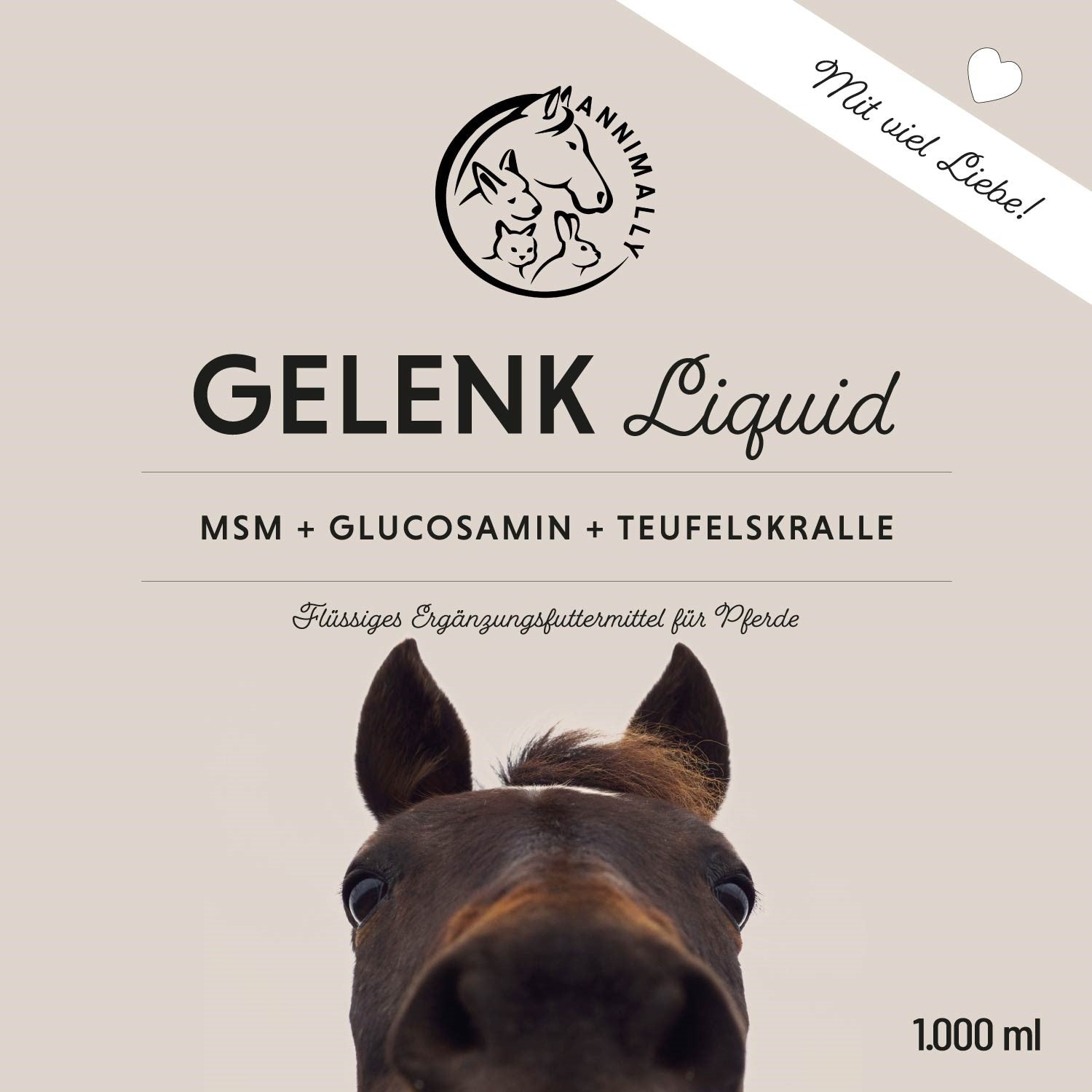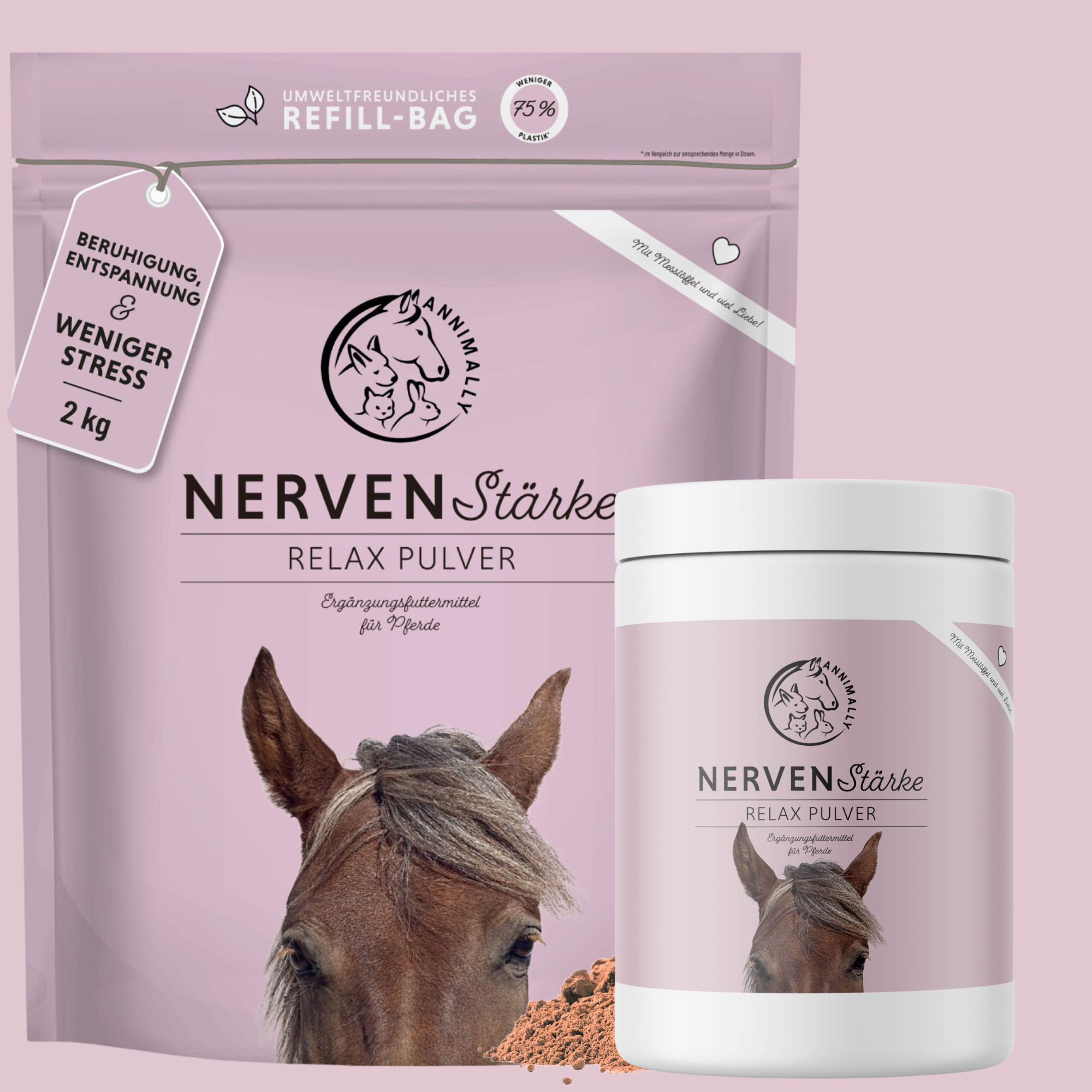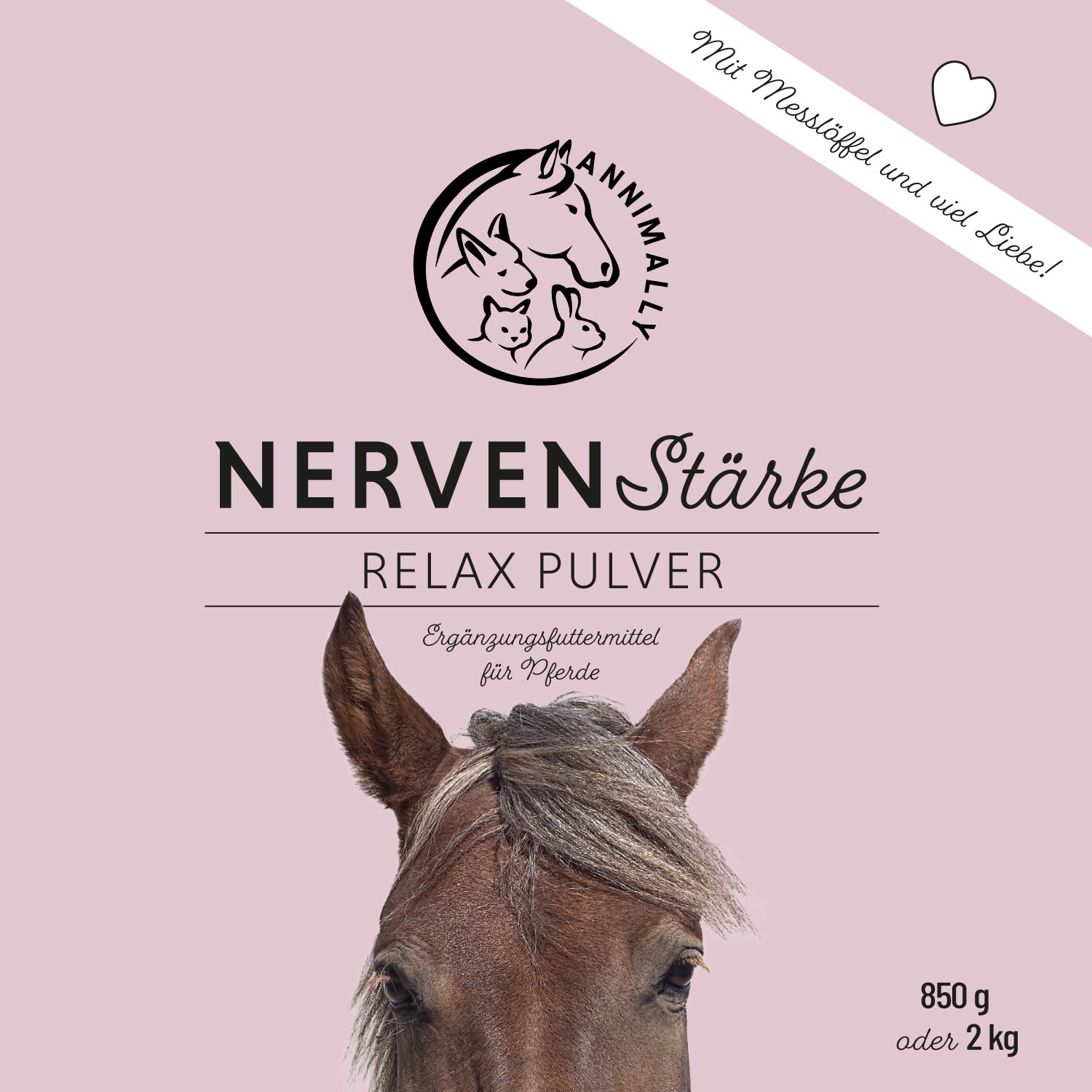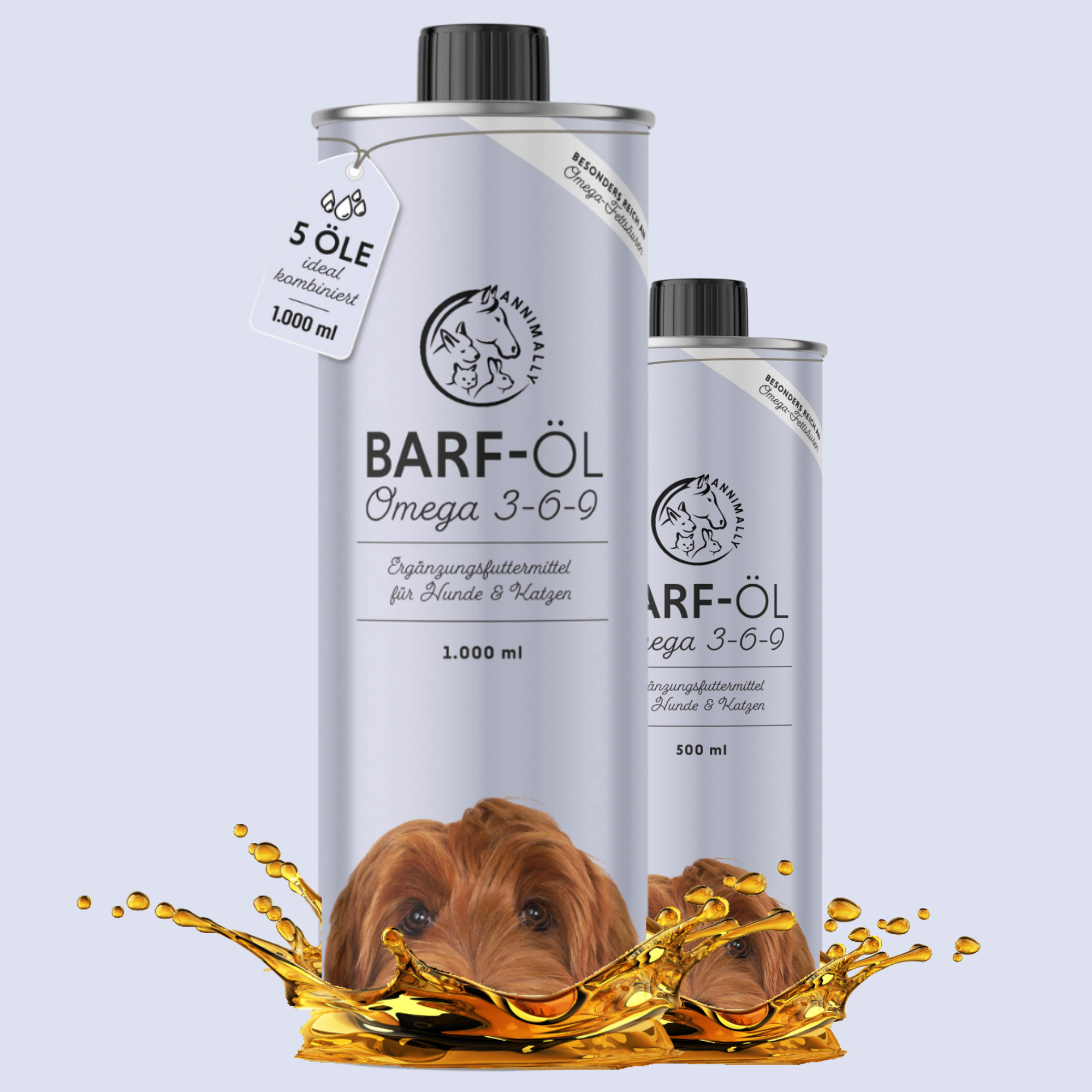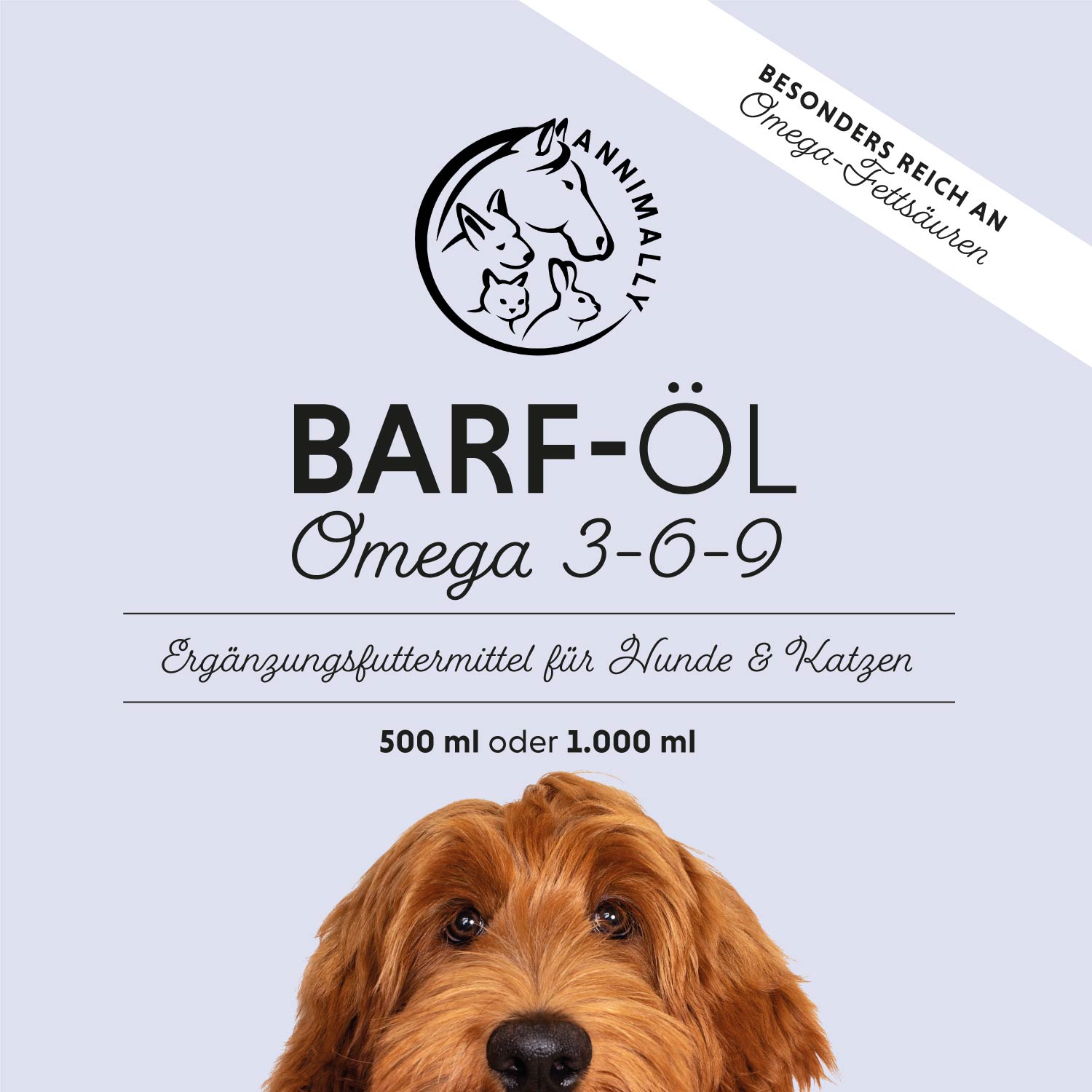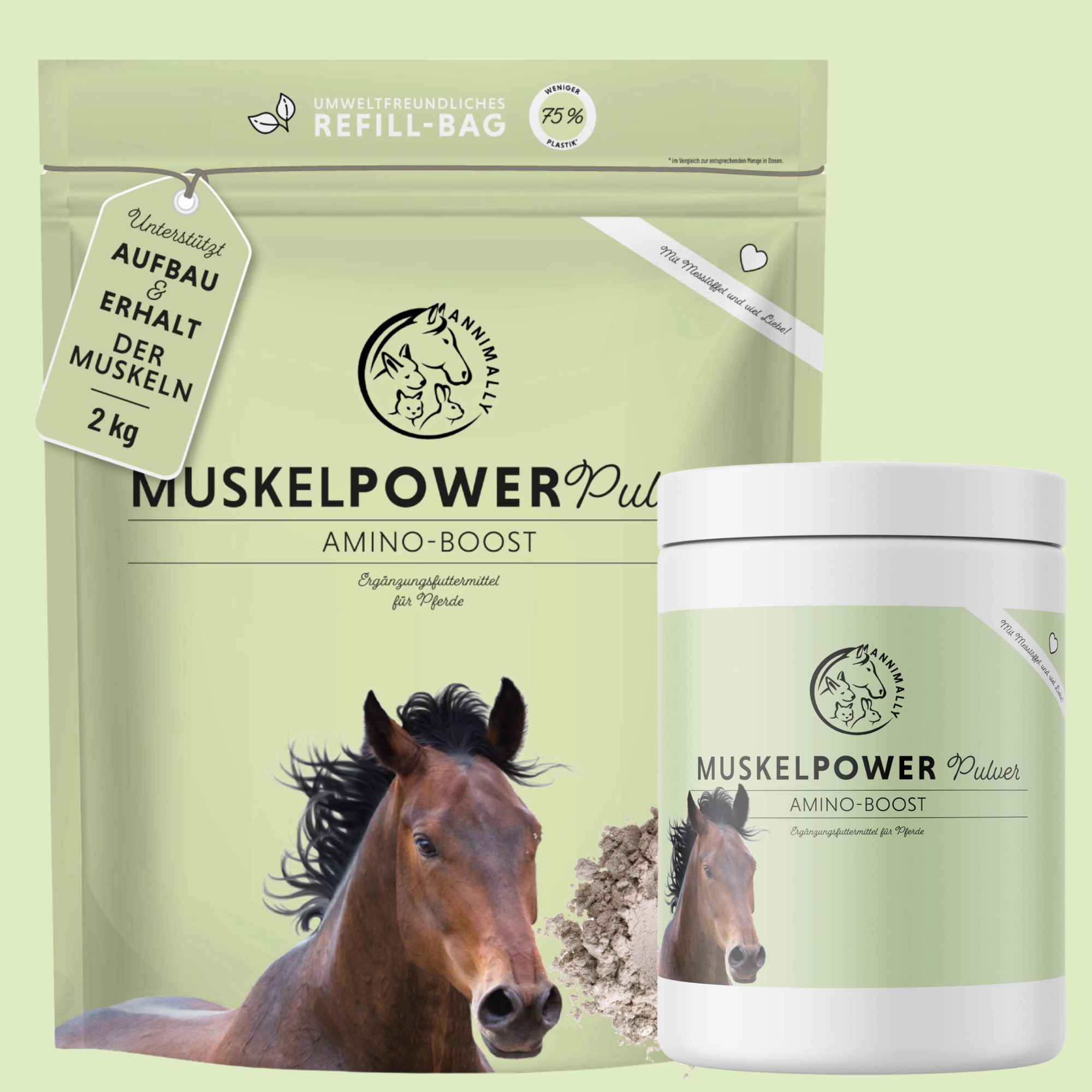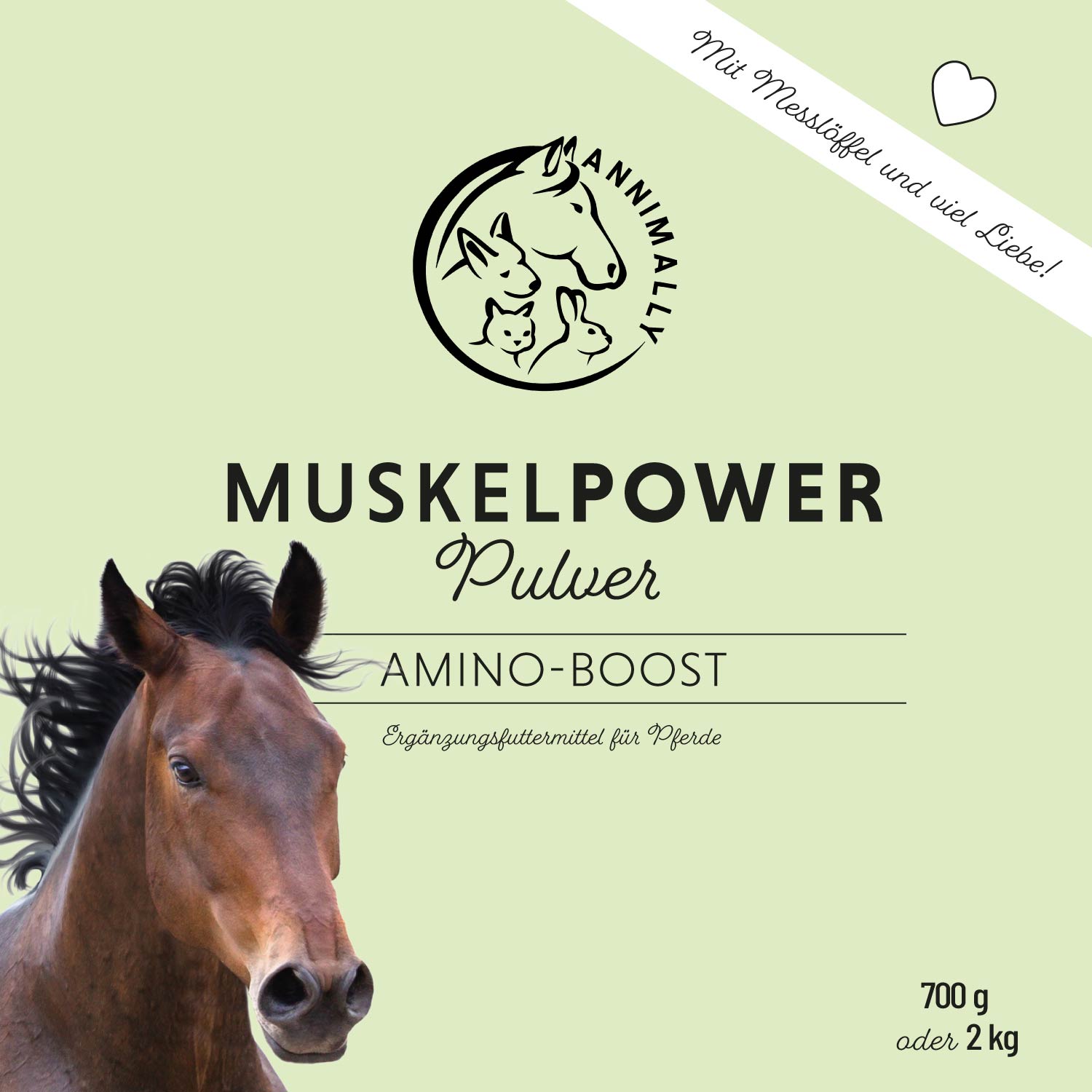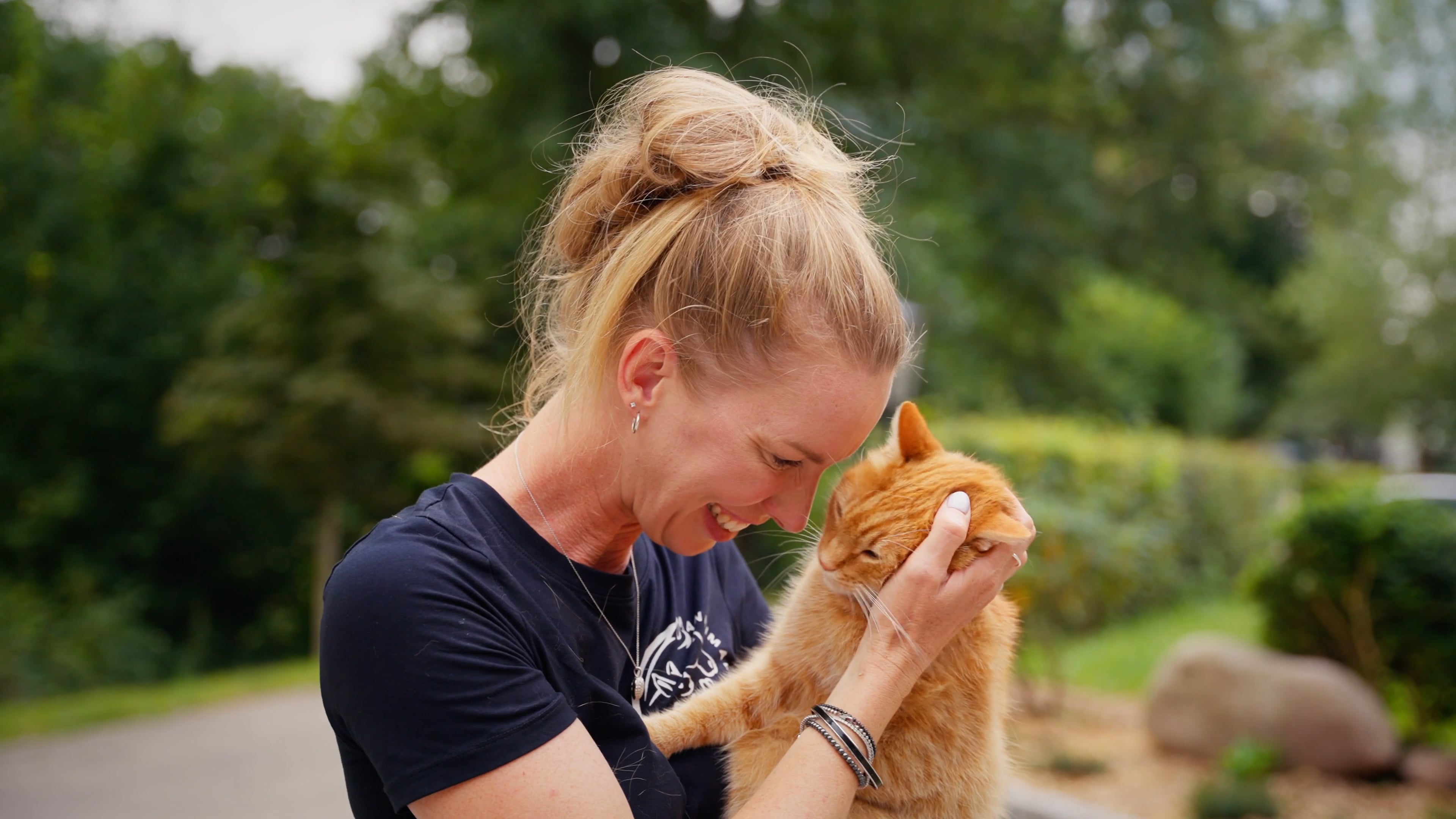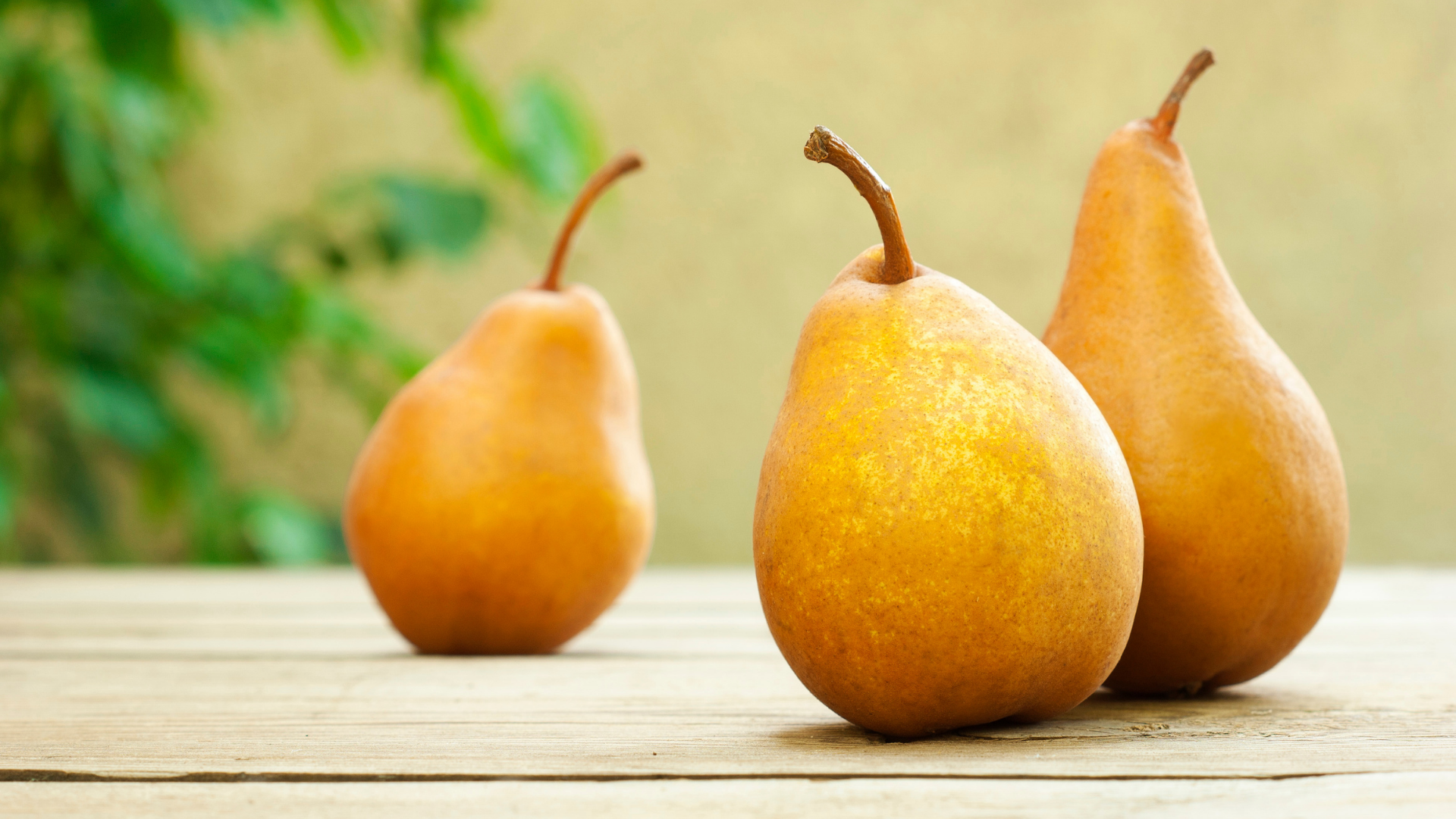
Can dogs eat pears?
We humans love pears and it's only natural that we want to share the things we love with our dogs. Sometimes, however, this tendency gets our dogs into trouble. Most pet owners know that not all fruits and vegetables are safe for dogs, but can dogs eat pears? Luckily for our canine companions, the answer is yes.
Are Pears Safe for Dogs?

Yes, the pulp of pears is perfectly safe for dogs. The pear should be ripe to ensure it's soft enough for your dog to chew easily. You should also make sure that you cut the pear into bite-sized pieces so that it does not become a choking hazard.
Luckily, many dogs also love the taste of pears, so they can be an easy and satisfying treat for your furry friend.
However, pear seeds contain traces of cyanide, which can be toxic to dogs if ingested in large quantities. Pear kernels can also be difficult for dogs to digest, so you should never feed your dog the kernel or shell of a pear.
Are Pears Healthy for Dogs?

Okay, so dogs can eat pears - but should they? The answer is, once again, yes, but only in moderation.
Pears are a good source of fiber, which aids digestion, and also contain important nutrients like vitamin C and potassium. And since they're also low in calories, a small amount of pear every now and then makes a healthy snack for dogs.
However, the high sugar content of pears can cause an upset stomach, so dogs should only eat pears occasionally.
Nutritional information:
1% Vitamin A:
Vitamin A supports the dog's vision, immune system, bones and muscles, skin and coat.
7% Vitamin C:
Vitamin C supports the immune system and promotes joint health.
4% Vitamin K:
Vitamin K supports your four-legged friend's body with proper blood clotting.
5% potassium (electrolytes):
Potassium maintains fluid balance and supports nerve and muscle function.
9 mg calcium (minerals) per 100 g:
Calcium ensures strong teeth and bones.
8% fiber:
Dietary fiber supports digestion and makes the faeces firmer.
11% carbohydrates:
Carbohydrates provide your dog's body with energy.
9% copper (minerals):
The mineral copper ensures a healthy immune system, shiny coat and supports bone formation.
Risks of Feeding Pears to Dogs
Although pears can provide good nutritional value for dogs, there are also some risks associated with feeding pears. Keep these risks in mind before deciding whether or not to give your dog a chopped pear snack.
Pear seeds are poisonous
As we mentioned earlier, pear seeds contain cyanide, which can be toxic in large amounts. Never give your dog pear seeds and never give a whole pear to munch on.
Pears contain a lot of sugar
Pears have a sugar content of around 10%. This, combined with the fiber content of pears, can cause diarrhea or an upset stomach if your pet eats too much. This also means that pears are not a suitable treat for dogs with diabetes.
Pears must be ripe
Immature, rotten, or moldy pears can also cause stomach upset and should never be fed to dogs.
If you are unsure whether your dog can eat pears because of a medical condition, ask your veterinarian for advice.
Are canned pears safe for dogs?
No. Canned pears (and many other canned fruits) are high in sugar and should be avoided at all costs. Not only can too much sugar cause gastrointestinal problems, but it can also lead to weight gain and obesity in dogs.
Stick to fresh, raw fruit if you want to share a pear with your dog.
How should you prepare pears for your dog?

Pears are good for dogs and when prepared properly, they are safe. Make sure to wash the pear to remove any chemicals that may be on it. Then remove the core, seeds and stem. You don't want your dog to eat the kernels because they may contain traces of cyanide. This is the general rule for any fruit with pits, seeds, or stones. They may contain amygdalin, a compound that breaks down into hydrocyanic acid and is toxic to dogs. Don't worry if your dog ate a few seeds, he would have to eat more than a few to get sick.
Also, pitted fruits like pears, if swallowed, can cause your dog to choke. They can also get stuck in their digestive tract.
Summary of how to prepare pears:
- The ripest pear - be picky!
- Remove leaves and stem.
- Wash thoroughly to remove all chemicals and residue.
- Cut the fruit in half, then cut one half of the fruit into two pieces.
- Remove all pits and cut away the fruit's skin.
- Cut the two pieces into 2-3 cm thick slices.
- Medium to large dogs can safely get two fresh slices, small dogs just one slice.
- You can make multiple treats from one slice by cutting it into small pieces.
- Freeze a few pieces for a cool treat on a hot day.
How many pears can dogs eat?
Just because pears are safe for dogs doesn't mean your dog should be eating pears on a regular basis. In moderation, pears are a healthy snack packed with vitamin C, vitamin A, and fiber. But like any other food you feed your dog, too many pears can cause an upset stomach. So how much is too much? Veterinarians recommend limiting treat intake to 10 percent of daily food intake. For small dogs, this means that a slice of pear is enough every now and then, a whole pear is probably too much. If in doubt, you should ask your veterinarian.
